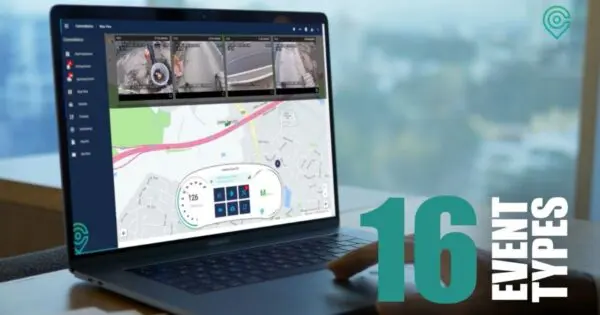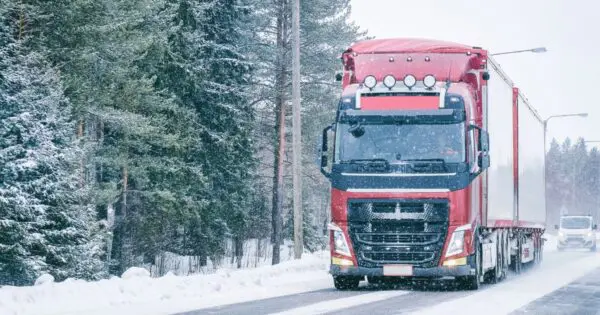Ports and container yards are critical hubs for global trade. They move millions of containers, connect supply chains, and keep goods flowing around the world. But, like any environment where vehicles and heavy machinery operate, they come with their own hazards and challenges. Tight spaces, high stacks of containers, and the constant movement of reach stackers, straddle carriers, forklifts, cranes, and flatbed trucks create a high-stakes environment where safety is essential.
For these vehicles and machines there is no one size fits all solution. Each vehicle has unique operational challenges, and keeping operators, cargo, and infrastructure safe requires tailored solutions.
The risks facing port workers
Working in ports comes with unique risks. Port workers —the people operating cranes, reach stackers, straddle carriers, forklifts — are on the frontlines of keeping goods moving. They’re handling massive containers, navigating tight spaces, and coordinating with a fleets of vehicles, machinery and equipment every day. Between 2011 and 2017, the fatal injury rate for these workers was five times higher than the national average.
In the UK, ports reported 193 lost time injuries (LTIs) in 2023, resulting in 2,076 lost working days. That’s not just numbers on a page—it’s real people affected, and real impact on businesses. To put it in perspective: there are only 365 days in a year, yet these incidents added up to over 2,000 lost working days.
It’s a stark reminder that even a small oversight in a busy terminal can have serious consequences—for workers, and for operational efficiency.
This is where AI-powered cameras come into play, alongside a simple goal: give operators the visibility and insights they need to work safely and efficiently—no matter what vehicle they’re operating.
Flexible and adaptable cameras for all vehicle types
Ports and container yards are complex environments. Every vehicle has unique blind spots and operational risks, so solutions need to match the challenge. Flexible camera systems with real time alerts and 360-degree visibility during the day and at night, help operators navigate safely in busy terminals. Here’s some examples:
Reach Stackers
Reach stackers move containers quickly across yards, often in tight rows or near high stacks. Blind spots above and around the load can make collisions a real risk. Cameras focused on container stacks and side clearances give operators the visibility they need to manoeuvre safely.








